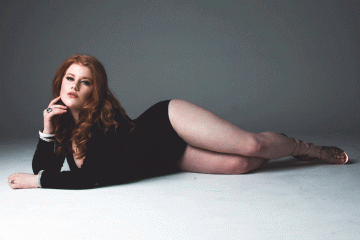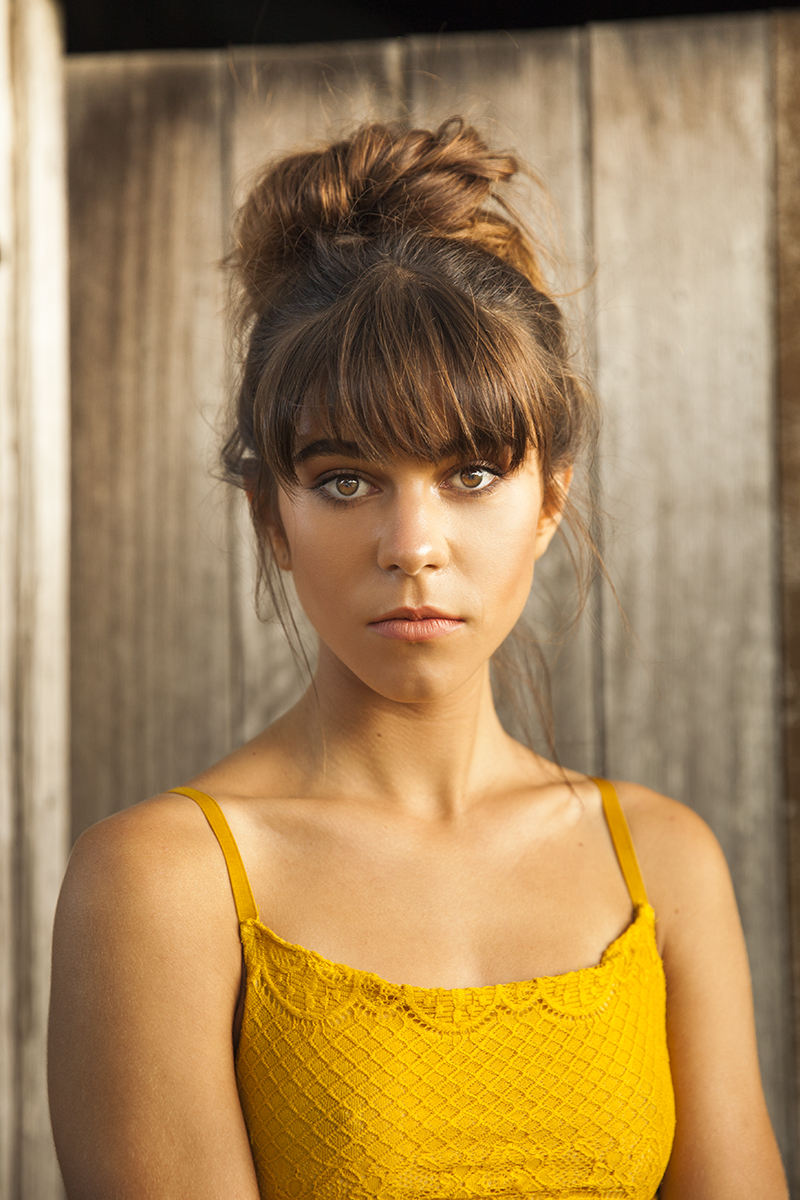The Beginner's Overview to Product Photography
If a photo is worth a thousand words, a sensational product photo deserves a thousand web site sees. Although I don't have information to support that statement (yet), product photography can be extremely beneficial to your ecommerce internet site technique.
To reach your target audience participants who favor purchasing online, you additionally need to give your target market clear, captivating photos of your items.
Yet product photography isn't as easy as aiming and firing. Even the most basic items require the proper devices, lights, and also room to create gorgeous pictures that offer buyers right from the acquisition page.
6 Product Photography Tips (and Examples) for Taking Photo That Sell
Right here are the pointers, examples, and also products you'll require to successfully photograph and also market your items in a way that makes your visitors and leads intend to transform.
1. Do not be afraid to use your mobile phone's electronic camera.
This is the component where I'm intended to encourage you to buy a premium, 50-megapixel (MP) camera with a 100-millimeter screw-on lens. However I'm not mosting likely to do that.
If you currently own a video camera that fits this description, make use of it. But also for many sorts of items, it's entirely appropriate to shoot product images on a smart device.
More recent mobile phones boast powerful cam lenses and also settings that enable you to maximize your shots for the different kinds of light and atmospheres you might fire in.
If you require more persuading, just have a look at Apple's Shot On An apple iphone project and also the images that have actually arised from it for many years such as this set:
2. Fire from a tripod for photo consistency.
Before discussing tripods, I'm obligated to begin with a cardinal guideline: Do not prop your phone versus something strong to intend your lens toward the subject.
It's just too very easy for this makeshift configuration to slide about during the shoot and create inconsistencies in your photos' appearance. If you rest your video camera on, state, a stack of publications, simply be sure this plan does not alter throughout the shoot.
There's no harm in holding your camera on your own when shooting just a few product pictures for your ecommerce website. But as your organization grows, and you take a lot more photos of more products, it can be tough to systematize the product's positioning in each photo when shooting handheld.
To ensure uniformity throughout your items, you'll require a tripod. As well as the good news is, getting one isn't constantly the big, industrial-sized financial investment it used to be.
Right here are 2 kinds of tripods to think about.
Typical vs. Flexible
This is a tradition tripod-- there are standard tripods available for both electronic cameras as well as mobile phones.
A flexible tripod can be manipulated in a number of methods. You can bend its legs and position it on different surfaces to obtain the angle you need.
Mobile Hold
There's usually a screw on the top of your tripod which attaches to your video camera to hold it in position. The bottom of many professional-grade cams has a screw opening just for this objective, but smartphones can utilize the adhering to adapter:
The adapter grasps the sides of your smart device as well as can screw right into either sort of tripod, allowing you to operate the camera controls with the phone display dealing with outside and toward you.
When you identify which mount you'll require, establish it up in front of your product, and think about placing 3 items of tape on the ground to mark where you would love to maintain each leg of your tripod over the course of the shoot.

3. Select all-natural light or fabricated light.
Never ever undervalue just how specific kinds of light can improve (or prevent) your product photography. Remember, purchasers obtain the best check out an product face to face, where they can see everything they need to before buying. The best lights arrangement assists you reveal those important decision-making product features when all website site visitors have to go on is a photo.
A solitary illumination setup may not help every product-- a illumination setup that helps some items could damage the appearance of others.
There are two sorts of light you can choose as your major source of light: all-natural and fabricated light.
Natural Light
All-natural light refers to sunshine-- simple as that. It's additionally called "soft light" since the sunlight casts a bigger, softer range of light than, state, a lamp beaming directly on the product. Ecommerce product shots flourish in natural light if:
The product is shot outside or indicated to be used outside.
The product is made use of by, worn on, or shot with a individual ( individuals have a tendency to look much better in natural light).
You're trying to emphasize the product's surroundings, rather than details characteristics of the product.
Here's an example of a shot making use of natural light:
Fabricated Light
Synthetic light includes candle lights, fire, and also more generally, light bulbs. It's likewise described as "hard light" due to the fact that it creates a smaller sized yet much more focused light surface area. This type of light satisfies items with physical details that require to be highlighted to thrill an online buyer.
As a basic guideline, stay with just one sort of light per photo-- natural or artificial. Adding all-natural light to an artificially lit photo can soften a product that's meant to look sharp, and also adding artificial light to a normally lit photo can sharpen a product that's suggested to look soft. You don't want to enter your very own method.
4. Load or jump your light to soften darkness.
Whether you make use of natural light or fabricated light, you'll need to lessen the shadows that any type of possible hard light casts on the contrary end of a product.
There are three methods to do this:
Load Light
Consist of an additional, less-intense light to supplement your major light. This extra light is called your fill light and is used as a counterbalance to soften the all-natural darkness your major light generates behind an things.
To do this, place your fill light opposite your major light so your product rests in between both source of lights.
Flashbulb Bounce Card
A bounce card, or reflector card, is a little card that " shows" or " jumps" the primary light back onto the surface area beneath your product to minimize shadows.
Some bounce cards attach to the flashbulb of a specialist electronic camera lens to diffuse the light from the electronic camera's flash. This card splashes a softer light onto the subject from above your collection-- instead of directly at it-- so you don't have lengthy darkness trail behind the things you're shooting.
Standalone Bounce Card
If you're shooting from a smartphone, a flashbulb bounce card isn't an choice, given that you don't have a physical flash you can affix it to. Rather, make your very own standalone bounce card positioned opposite your major source of light.
For beginners to product photography, this bounce card can effectively replace your fill light, which counters the tough light from the video camera flash or lamp that's facing toward the front of your product.
5. Use a move or portrait mode to highlight the product.

There isn't one ideal way to place your product, lights, as well as jump cards-- they can change substantially depending upon your history. Yet don't choose a background based upon what's easiest to create. Backgrounds must look like exactly how you want your buyers to regard your product when watching it online.
Think about initially whether you would certainly such as a white history or a more dynamic, real-world history. There's an easy way to accomplish every one.
White Background: Sweep
For white histories, it's not as easy as establishing a table against white drywall. Even smartphone electronic cameras can get little blemishes on a white wall surface that you would not see with the naked eye. To capture a best white history with no corners or acnes, make use of a move.
A move is a large bendable sheet of paper, whose lower function as the surface area underneath your product and then contours up right into a white wall surface behind the product.
On camera, the sweep's curve is invisible, highlighting key product information as well as allowing the thing to possess all of a web site site visitor's attention.
Real-World https://www.sharedmoments.com.au/product-photography/ History: Portrait Mode
Dynamic, real-world backgrounds are extremely appealing when shooting products that have a details usage or are being designed by a person-- as you saw aware of the brief-case earlier in this guide.
But, it's simple for a real-world background to swipe the emphasis of the photo, making it unclear which product in the photo you're really selling.
Give your product depth and also emphasis with picture mode, a photo setting on a lot of specialist video cameras, as well as additionally offered on lots of brand-new smartphones. This setting blurs the history so the context of the product is clear yet not contending versus the product itself.
Below is a incredibly incredible photo of a HubSpot pen taken in picture mode on a Google Pixel 2 (I took this picture myself). You can tell the pen rests on a workdesk with a computer system behind it, yet the pen is still the focal point for visitors:
6. Shoot a selection of images.
My last ecommerce photography pointer to you is to not stop at one photo per product. Just as your consumers look, hold, utilize, and also also try on merchandise in a shop, your web site must shoot a variety of pictures to mimic this really experience.
If you're shooting clothing, as an example, catch the garment of clothes alone-- that is, spread out on a white surface area-- as well as on a mannequin whose color contrasts the shade of the product.
Then, for added pictures, have the garments modeled on a individual, allowing you to take pictures of the product from the person's various presents as well as angles.
Product Photography Set-Up
Next off, allow's summarize what we just got-- below's a listing of fast product photography set up suggestions that you can refer to as well as share on your team:
• Select a video camera-- whether that indicates using your smartphone.
• Get a tripod that benefits your camera of choice.
• Choose all-natural or man-made lights-- think about which choice is best for your product and setting.
• Determine whether you'll load or jump light.

• Select sweep or picture mode.
• Take several different images to offer your audiences range.
Get going With Your Product Photography
Don't really feel obligated to invest in every tip and piece of equipment at the same time. Apply these product photography ideas gradually to see what makes your shop look the most nice, as well as alter your technique as your photography chops improve.